The Grey Crowned Crane | Uganda Birds
The Grey Crowned Crane | Uganda Birds : is a bird under the Crested Crane and it is the National bird of Uganda. It appears on the flag and the coat of arms and can be found abundantly near the country’s many lakes and rivers. These create fertile marshes whereby Uganda is abundant with the kind of wet, flat marsh and grassland where these birds inhabit.
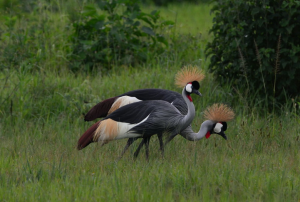
Migration
Although grey-crowned cranes live throughout almost all of Africa some of them live far north in the arid Sahara desert. Here, these birds will often migrate south for portions of the year to escape the hottest and driest months in the desert. They also join their more sedentary cousins in Uganda and Kenya who inhabits near rivers and lakes.
Omnivores
This birds basically falls under the category of “omnivores”, meaning that like humans, they can eat a combination of both meat and plants. Like most omnivorous birds, it eats a mixture of leaves and seeds from variety of plants, as well as insects, worms and frogs.
They use cattle as their cover
It is not uncommon to find large groups of these cranes clustered together amidst a large group of cattle. This is something they’ve actually learned to do to prevent predators from being able to approach them as easily. In fact, they position themselves amongst a herd of large animals where they can find protection.
They love to dance
The crane has a breeding display that involves an elaborate dance with various jumping and bows. It is also known to dance year-round whereby they can be seen dancing at any time of the year, including non-breeding periods. Young birds are also often seen joining in the dancing, meaning these birds love to dance!
Distinct call
One of the features of the grey crowned crane that caused it to be given a separate species designated from the Black-crowned crane is its distinct call. Most cranes make what sounds like a gobbling noise similar to a turkey. As a matter of fact, females always make this call during the mating period to attract the males.
They live up to 22 years
Generally, these cranes are living eleven times longer on average than most birds in the wild. This is at least partly due to their territorial nesting habitats preventing them from falling prey and suffering an early demise.
Hatch in 30 days and reach maturity in 3 years
The birds typically lay between 2-4 eggs in a clutch which are ready to hatch in about 30 days. They are then ready to breed when they reach 3 years of age.
They stay with their partner for life
The cranes practice “monogamy” and once they find a partner they will remain with that same breeding partner for life. They form pair bonds while they are young and will remain with the bond the rest of their lives. Thereby breeding together each year and raising their young together.

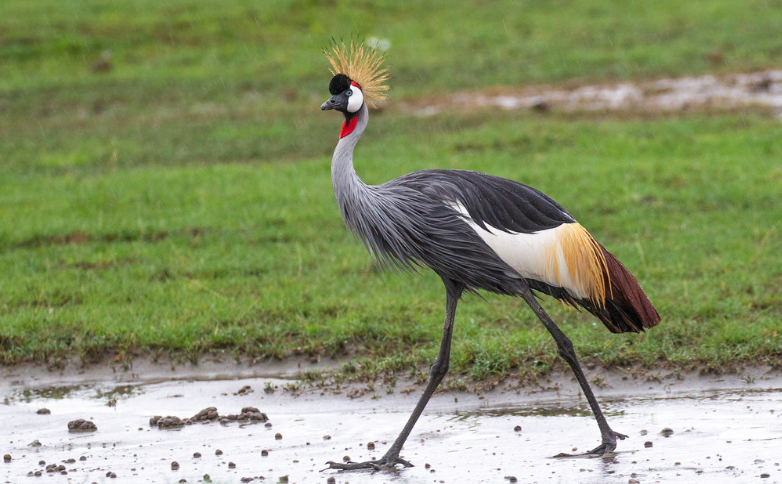
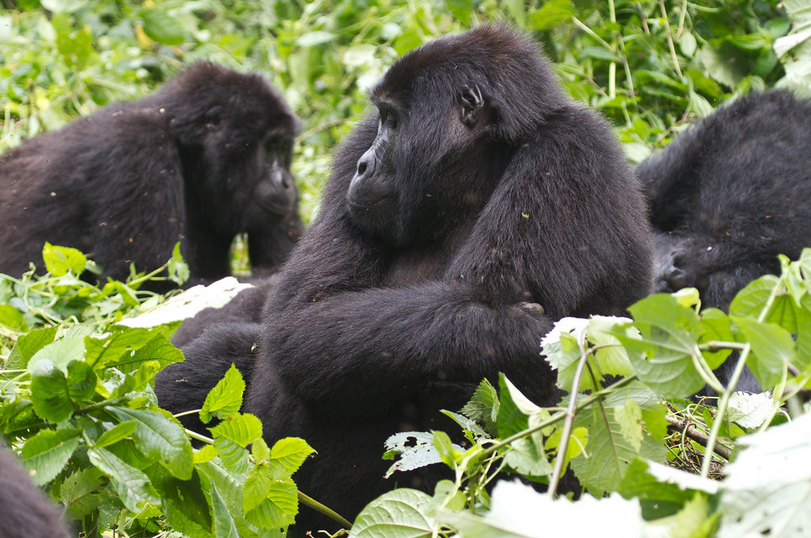
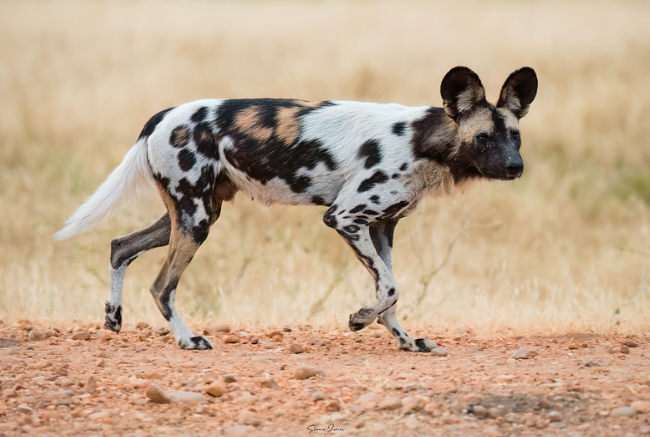


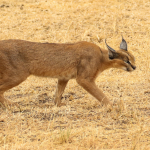






1 Comment
[…] jacanas, bee-eaters, robin chats, plovers, night jars, ibises, hornbills, finches, Gonoleks, crested cranes, flycatchers, kingfishers, barbets and many more. But an African safari isn’t just about […]